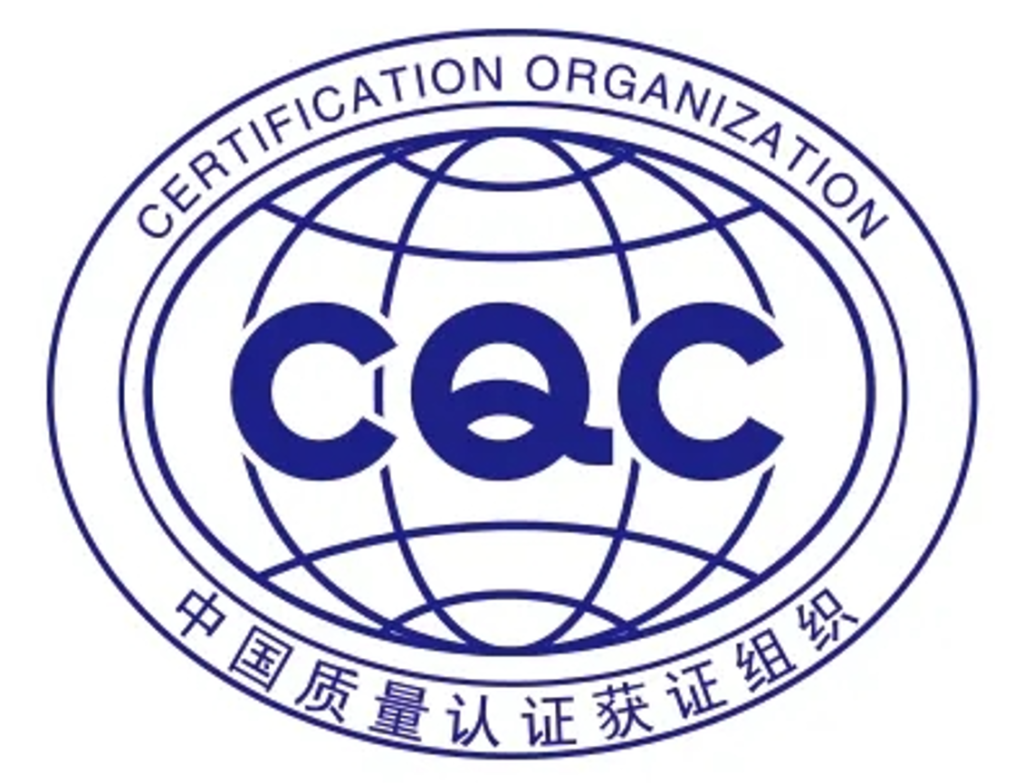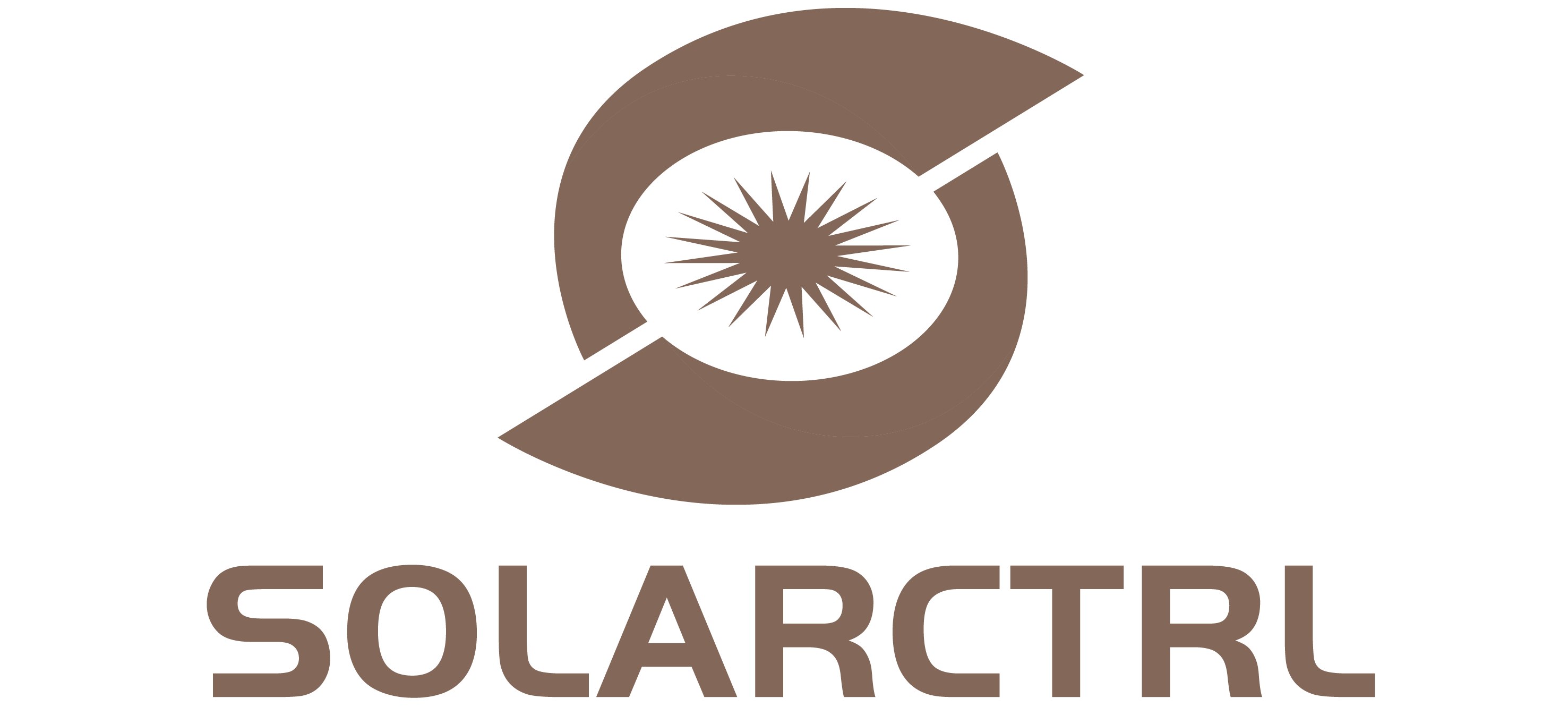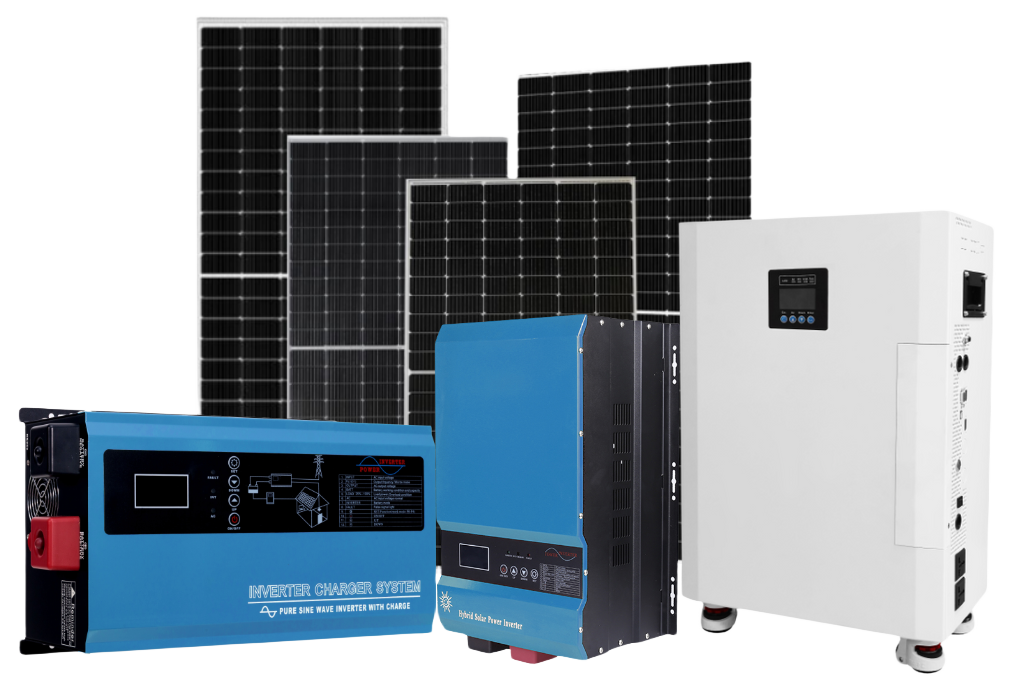The main performance parameters of solar panels include short-circuit current (ISC), open-circuit voltage (VOC), peak power (PM), current and voltage at maximum power (Imp and Vmp), efficiency, and fill factor (FF). These parameters help measure a solar panel’s ability to convert sunlight into electricity effectively.
Let’s dive deeper into each of these parameters to understand their significance in evaluating solar panel performance.
1. Power Rating (Wattage)
The power rating of a solar panel, measured in watts (W), refers to the amount of power it can generate under standard test conditions (STC). Standard test conditions typically assume a solar irradiance of 1000 W/m², a module temperature of 25°C, and an air mass of 1.5.
For example, if a panel has a power rating of 300 W, it means the panel can produce 300 watts of electricity under optimal conditions. The power rating is one of the most important parameters because it determines how much energy a solar panel can generate over time.
Higher-wattage panels are more efficient in terms of space utilization, as they can generate more power per square meter. However, the suitability of a panel’s wattage will depend on your specific energy needs and available space for installation.
2. Efficiency
The efficiency of a solar panel is the ratio of the electrical output to the sunlight energy it receives. It’s expressed as a percentage. Higher efficiency means that the panel can convert more sunlight into usable electricity. This is particularly important when space is limited, and you want to maximize energy generation.
For example, if a solar panel has an efficiency of 20%, it means that it can convert 20% of the sunlight it receives into electrical energy. Modern solar panels typically range between 15% and 25% efficiency. The most efficient panels are typically made of monocrystalline silicon, while less efficient panels, such as polycrystalline and thin-film panels, may be more cost-effective.
Efficiency is influenced by several factors, including:
- Materials used: Monocrystalline panels are generally more efficient than polycrystalline panels.
- Cell structure: Technologies like Passivated Emitter and Rear Cell (PERC) can improve the efficiency of the cells.
- Temperature performance: Panels with better heat tolerance tend to perform more efficiently in hot environments.

3. Open Circuit Voltage (Voc)
Open-circuit voltage (VOC) represents the maximum voltage that a solar panel can produce when there is no current flowing. In other words, it’s the voltage measured when the panel’s terminals are not connected to a load. VOC is measured in volts (V) and depends on the materials and design of the solar cells.
VOC is an important parameter because it sets the upper limit on the voltage that a solar panel can deliver. The open-circuit voltage is directly influenced by factors like temperature, with higher temperatures typically leading to a reduction in VOC.
VOC indicates the maximum potential of a solar panel to produce electricity. A higher VOC means the panel can generate more power, especially in cooler temperatures where the voltage is less likely to drop.
4. Short Circuit Current (Isc)
The short circuit current (Isc) is the maximum current that a solar panel can produce when its terminals are shorted (i.e., when there is zero resistance in the circuit). Isc is an important parameter for understanding the current output capability of a panel under optimal sunlight.
Isc is directly proportional to the amount of sunlight hitting the panel, so it can vary throughout the day and under different weather conditions. Panels with higher Isc values are often preferred in installations where high current is needed, such as in low-voltage systems.
5. Peak Power (PM)
Peak power (PM), also known as the maximum power (Pmax), is the highest amount of power a solar panel can produce under ideal conditions, measured in watts (W). This is the most critical parameter for evaluating the overall performance of a solar panel.
The peak power is determined by multiplying the current at maximum power (Imp) by the voltage at maximum power (Vmp). PM is a useful metric for comparing the power output potential of different solar panels, as it provides a standardized measure of performance under STC.
Peak power is the main indicator of how much electricity a panel can produce at its most efficient point. The higher the peak power, the more energy you can expect from the panel, making it a vital factor in system sizing and selection.

6. Current and Voltage at Maximum Power Point (Imp and Vmp)
The maximum power point (MPP) is where the solar panel operates at its highest efficiency, balancing both voltage and current to deliver maximum power. The current at maximum power (Imp) and the voltage at maximum power (Vmp) are the values at this optimal operating point.
- Imp: The current flowing through the solar panel at the maximum power point, measured in amperes.
- Vmp: The voltage across the solar panel at the maximum power point, measured in volts.
Imp and Vmp indicate how efficiently a solar panel can operate in real-world conditions. Keeping the system near the MPP ensures that the panel is producing the most electricity possible, maximizing energy yield.
7. Temperature Coefficient
The temperature coefficient indicates how a solar panel’s performance changes with temperature. Solar panels typically work best at lower temperatures, and as the temperature increases, their efficiency tends to drop.
The temperature coefficient is usually represented as a percentage decrease in power output for each degree Celsius rise in temperature above 25°C. For example, a temperature coefficient of -0.4%/°C means that for every degree above 25°C, the panel’s output decreases by 0.4%.
This parameter is crucial for installations in hotter climates where panels will frequently operate above their optimal temperature. A lower temperature coefficient indicates that the panel will perform better in high temperatures, leading to higher energy output.

8. Fill Factor (FF)
Fill factor (FF) is a measure of the quality of the solar panel and represents the ratio of the maximum power output to the product of open circuit voltage (Voc) and short circuit current (Isc). It is expressed as a percentage and is an important factor in determining the overall efficiency of a solar cell.
A higher fill factor indicates a higher quality solar panel. Typically, commercial solar panels have a fill factor between 0.7 and 0.8 (or 70%-80%).
The formula for the fill factor is:

Where:
- Vmp is the voltage at maximum power
- Imp is the current at maximum power
- Voc is the open circuit voltage
- Isc is the short circuit current
9. Degradation Rate
The degradation rate refers to the gradual loss of efficiency and power output of a solar panel over time. All solar panels experience a decrease in performance as they age, but the rate at which this happens can vary significantly between different types and brands of panels.
For most modern solar panels, the degradation rate is typically between 0.5% and 1% per year. This means that after 20 years, the panel may still operate at 80% to 90% of its original efficiency.
Low degradation rates are a key indicator of the durability and long-term reliability of a solar panel. Panels with lower degradation rates are preferred for projects where long-term performance and return on investment are critical.
10. Warranty
The warranty is another important parameter that reflects the confidence a manufacturer has in the durability and performance of their product. Solar panel warranties typically cover two aspects:
- Product warranty: Covers defects in materials or workmanship, typically for 10 to 12 years.
- Performance warranty: Guarantees a certain level of power output over the lifetime of the panel, often up to 25 years.
For example, a performance warranty might guarantee that the panel will produce at least 80% of its rated power after 25 years. Panels with stronger warranties provide better long-term value and assurance of consistent performance.

Conclusion
Understanding the main performance parameters of solar panels is essential for selecting the right panels for your needs. These parameters offer valuable insights into how a panel will perform under various conditions and over its lifetime.
By carefully evaluating these factors, you can ensure that you choose solar panels that will deliver optimal energy production, reliability, and return on investment for your specific application.























